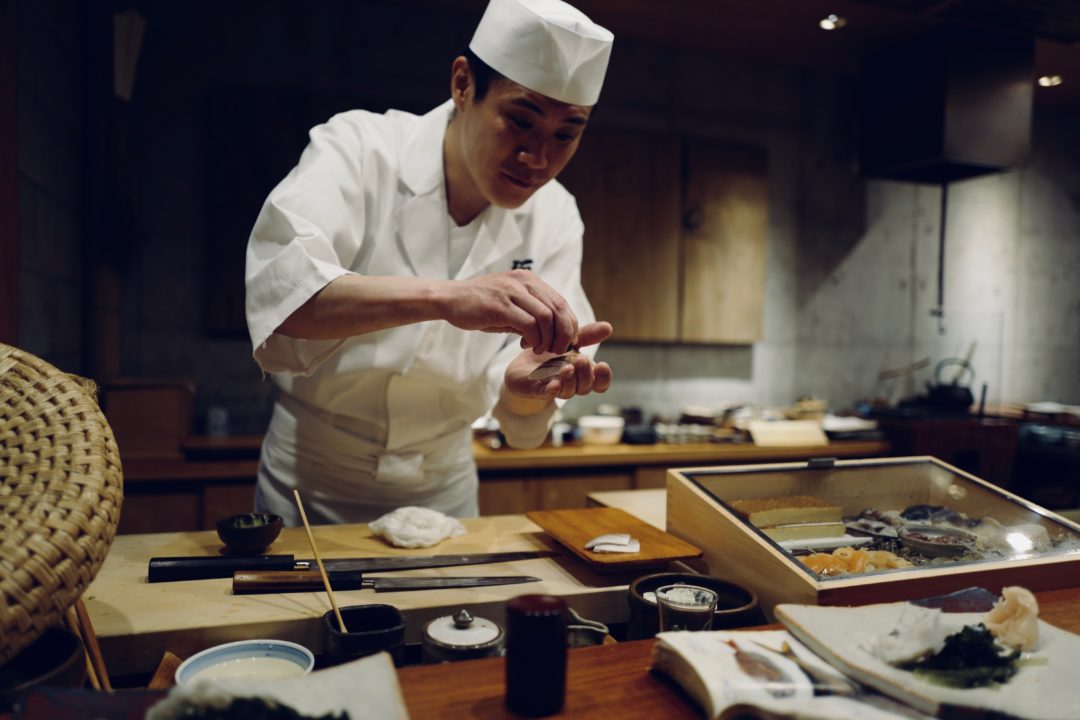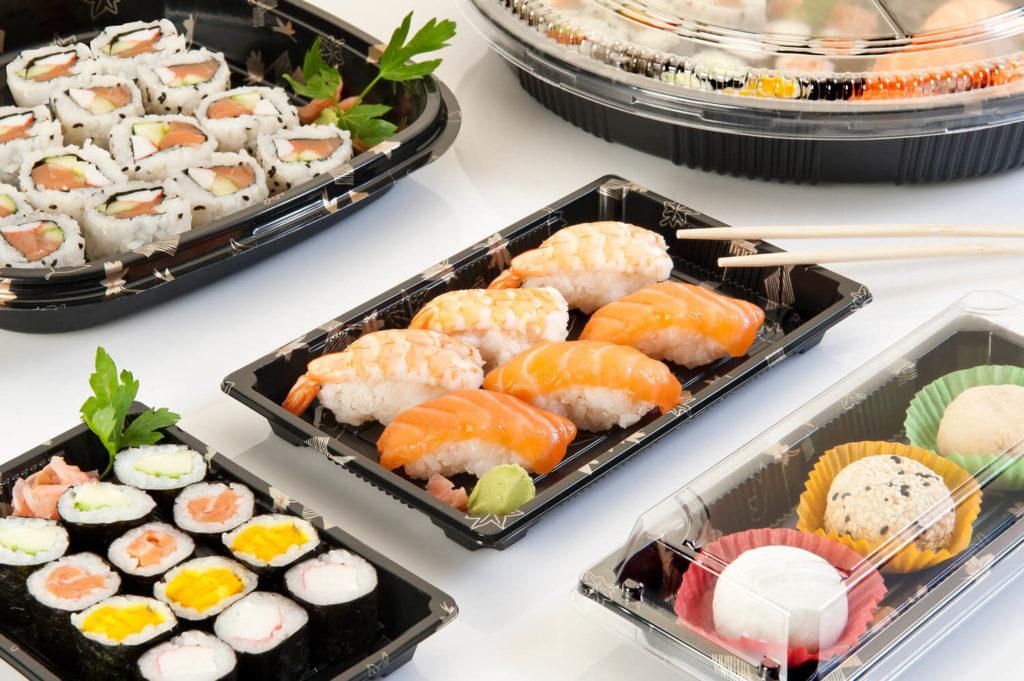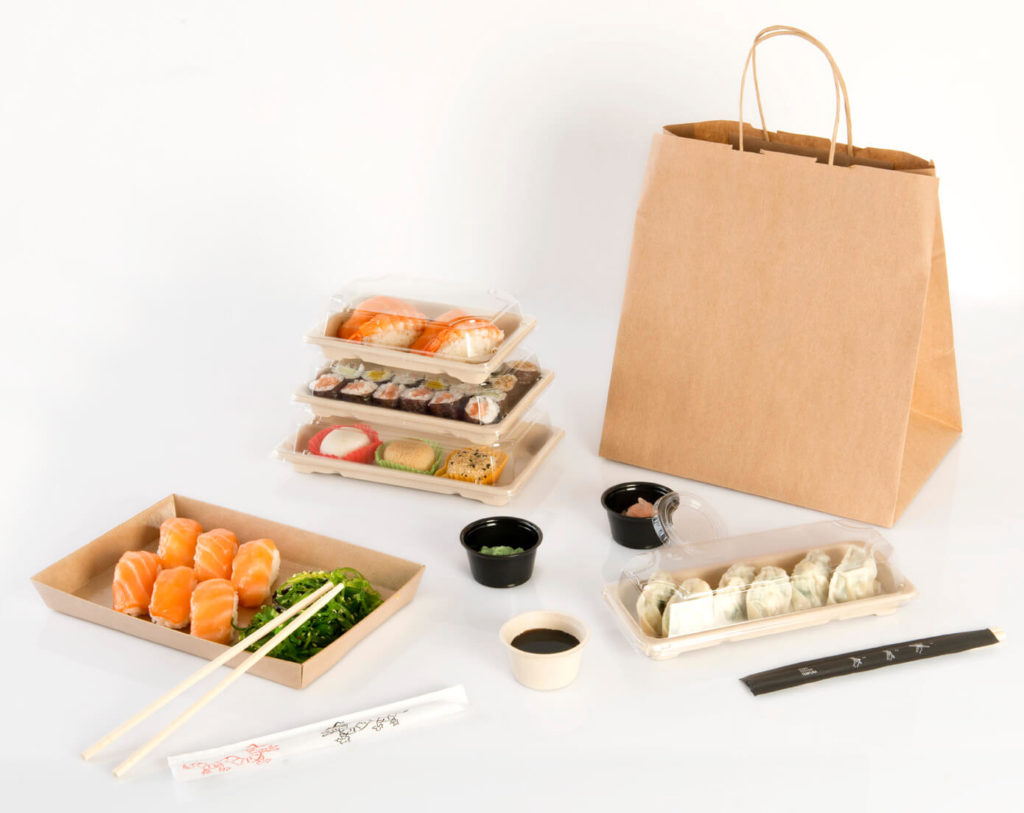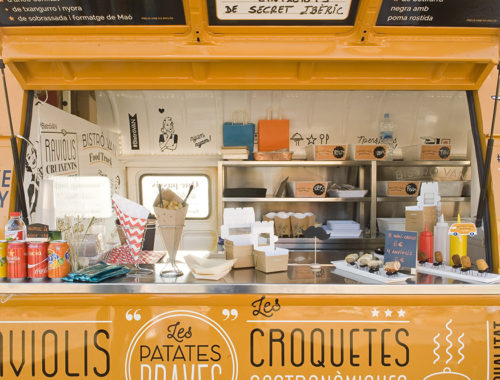“Sushi” is not native to Japan. It origonated in China during the IVth century B.C. as a method of preserving fish by fermenting them for months in vessels of steamed rice. The mold that the rice produced served as the ferment that preserved the fish; it was necessary to clean the fish and throw away the rice before eating it.
During the governance of the Mongolian Empire in China, feeding habits slowly changed and the Chinese lost the habit of preserving and consuming fish. So it was in Japan, where they learned this Chinese method for food conservation before the arrival of Gengis Khan, that this skill lasted and evolved to become what we know today as “sushi”.
We relate the word “sushi” to raw fish, but in fact it means “su” =vinagre + “shi-meshi” = rice, “vinegary rice”. The basic element of “sushi” is rice with vinegar which is garnished with fish, seafood, vegetables, etc.
Rice vinegar was invented in the XIVth century, so replacing the natural fermentation process and shortening the time of maturation.
This shorter fermentation period lead to the proliferation of “sushi shops” that sold obentô close to parks and theaters.
Thanks to the improvement of food refrigeration, from the XXth century ahead, “sushi” was consolidated as a take away food, freshly prepared with raw fresh fish.
An indicator of modernity
We live in an age where the fastest and most versatile recipes of every culture are getting globalised: Italian pizza, Spanish tapas, American burgers, French crepes, Mexican burritos, Arab kebabs. With Japanese “sushi”, the world has found a meal that assembles all the winning elements: it is complete and nourishing, suitable for take away and ideal to share and to socializs. It has turned into an indicator of modernity, a fact shown by progressively more and more businesses selling “sushi” to go in modern cities.
Essential containers for a “sushi” to go business
The minimum required to serve “sushi”, is to offer the product in containers designed to control moisture. The sushi box with lid is our most efficient proposal.
If your message is based on RSC (corporate social responsibility) criteria, you must consider the use of our sushi box BIONIC, the 100% biodegradable china made from sugar-cane waste.
Disposable bamboo chop sticks are an outstanding element of oriental food that musn’t be missing.
Sushi bar Japanese style
If you have room in your place for clients to eat, lay your tables in authentic Japanese style that will make them feel as if they¡re in Tokyo:
- Sushi maki mat box, with bamboo lid.
- Wooden china, bamboo or wooden silverware.
- Exhibitors of bamboo and salvers / presentation boats in wood.
- Fibre mats and a range of bamboo mini plates.
Your products go to houses and corporation buildings, so don’t forget to brand all your stuff: bags, napkins and even the containers to go.






